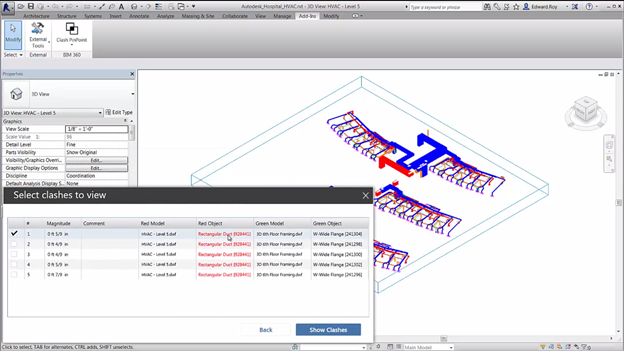From Scott Sheppard's It's Alive in the Lab blog:
The Daylighting Analysis for Revit (RDA) plugin uses the special 3d view called ‘LEED 2009 IEQc8.1 Daylighting’ to define some of the view settings for the analysis rendering, such as included geometry (section box, phase filters, visibility graphics settings) and type of lighting (sun and/or electric/artificial). These settings are automatically reset by default each time you click Run Analysis.
Some advanced users have requested control over these settings to be able to disinclude parts of the building using the section box and to include special light fixtures for such things as SolaTubes.
To enable this advanced functionality, we created a new version of the plugin, now available in the Downloads section, that has a config file where you can set whether these parameters are automatically reset when you run an analysis.
After you install, you will find a new LightThresholds.dll.config in the install directory. If you open it in a text editor, you’ll see this:
<?xml version="1.0" encoding="utf-8" ?>
<configuration>
<appSettings>
<add key="Override3DViewLightingScheme" value="1"/>
<add key="Override3DViewBackgroundStyle" value="1"/>
<add key="Override3DViewSectionBox" value="1"/>
</appSettings>
</configuration>
Any of the View properties you don’t want changed automatically by the plug-in, set the config value to 0. It is read every time you invoke the analysis, so you can run the analysis with the default values and then set the value to 0 and run the analysis with the settings you set yourself in the ‘LEED 2009 IEQc8.1 Daylighting’ 3d view without having to close and reopen Revit.
If you don’t log in as Administrator, Windows may not let you open the file where it is installed, edit it and save it. To work around this, copy the to a writable directory, modify it and then copy it back to the install location. We recommend that you save a version of the file in its default state in case you accidentally make mistakes in editing the file.
For more information, see Scott Shepard's It's Alive in the Lab blog.




































